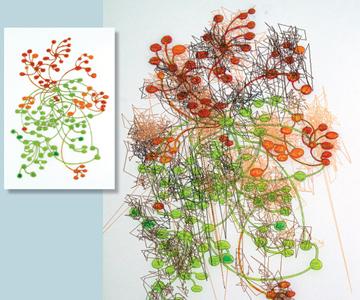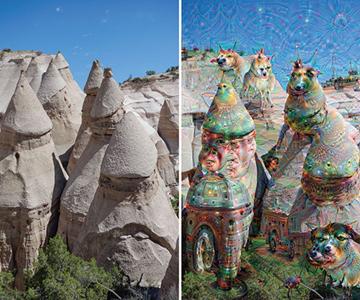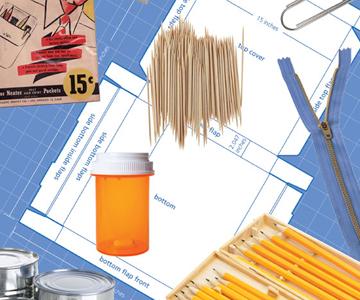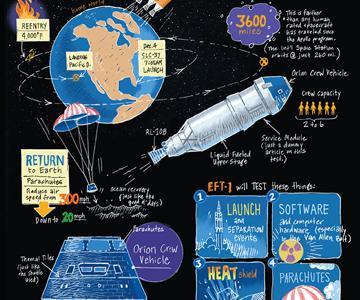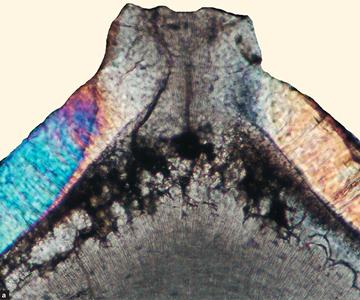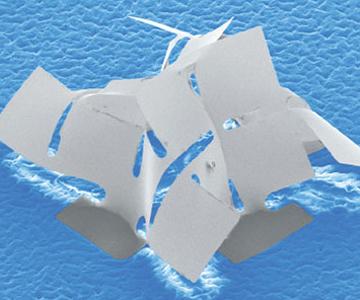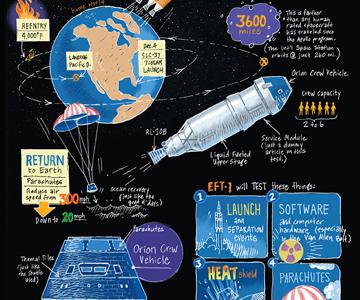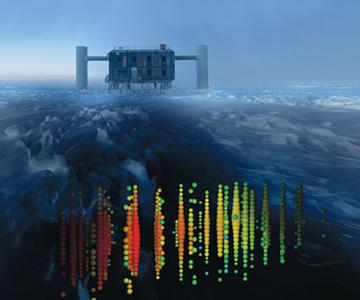Magazine
November-December 2015

November-December 2015
Volume: 103 Number: 6
A famous artwork is shown as it is viewed by an artificial neural network, a computer program that has been trained to recognize and classify images. A technique called deep dreaming attempts to visualize various stages in the neural network’s process of analysis. Shown here is one of the early stages, where a layer of artificial neurons seems to conjure up geometric motifs drawn from a jumble of unrelated images. The deep dreaming algorithm accentuates these patterns and projects them back onto the original painting. In Computing Science, Brian Hayes explores what these algorithms can tell us about how both artificial and human image processing works. (The Mona Lisa on the cover is a version in the Prado Museum in Spain.) (Cover image by Brian Hayes.)
In This Issue
- Agriculture
- Art
- Astronomy
- Biology
- Chemistry
- Communications
- Computer
- Economics
- Engineering
- Environment
- Ethics
- Evolution
- Mathematics
- Physics
- Policy
- Psychology
- Sociology
- Technology
Restoring Depth to Leonardo's Mona Lisa
Claus-Christian Carbon, Vera M. Hesslinger
Art Computer Technology
Was La Gioconda the model for one of the world’s earliest attempts at three-dimensional imaging?
The Rising Cost of Resources and Global Indicators of Change
Carey W. King
Agriculture Economics
The turn of this century saw the cheapest-ever energy and food combined, and here’s why we may never return to those historic low numbers.
In Defense of Pure Mathematics
Daniel S. Silver
Mathematics
After 75 years, Godfrey Harold Hardy’s A Mathematician’s Apology still fuels debate over pure versus applied mathematics.
Scientists' Nightstand

An Ethical Evolution
Jacob Darwin Hamblin
Sociology Technology Review Scientists Nightstand
A brief review of Scientists at War: The Ethics of Cold War Weapons Research, by Sarah Bridger

Parsley, Sage, Thermocouple, and Thyme
Eric Schulze
Agriculture Chemistry Technology
A brief review of The Food Lab: Better Home Cooking Through Science, by J. Kenji López-Alt

Names, Simplified
Henry Reich
Art Technology Review Scientists Nightstand
A brief review of Thing Explainer: Complicated Stuff in Simple Words, by Randall Munroe
